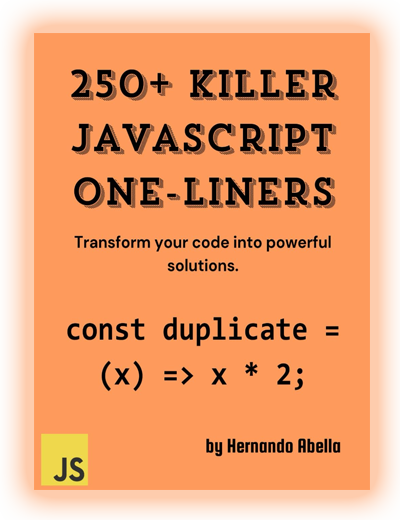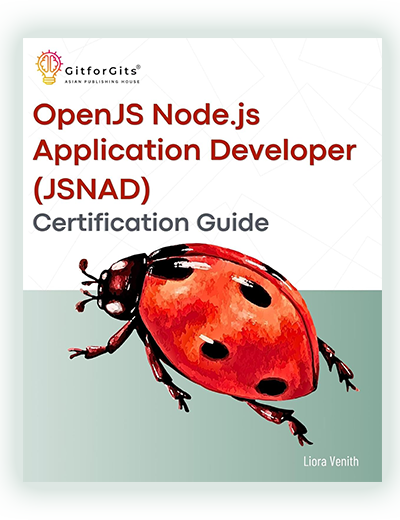"You Don’t Know JS: this & Object Prototypes" is considered a cornerstone in Kyle Simpson’s acclaimed series. This edition focuses on the essential mechanisms of the JavaScript language - the this keyword, object behavior, and the prototype system. The author demonstrates that these concepts are the root of confusion and errors for most developers, and he dismantles common myths step by step while uncovering the actual rules of their functionality.
Unlike superficial courses that explain this merely as “a reference to the current object,” Simpson proves that this simplification is misleading. The manual teaches systemic thinking: how function calls work, how execution context is formed, which rules apply when using call, apply, bind, or new, and how JavaScript implements delegation of behavior.
How Does This Edition Stand Out in JavaScript Literature?
- Debunks myths: the author examines incorrect interpretations of
thisand shows the real rules. - Practical examples: each chapter is supplemented with code illustrating specific scenarios.
- Focus on prototypes: explains that prototypes are not “class emulation” but a unique inheritance system.
- Delegation of behavior: a dedicated chapter covers design through delegation rather than classes.
- Historical context: explores how ES5 and ES6 evolution shaped these mechanisms.
- Author’s style: written clearly and accessibly, yet technically deep.
What New and Useful Knowledge Will You Gain?
After studying this edition, a developer stops using JavaScript “out of habit” and begins to understand how it works at the engine level. Simpson teaches how to analyze function calls, determine this binding, use prototypal inheritance correctly, and design architecture with these features in mind. This makes code predictable, safe, and portable. You will learn:
- Binding rules for
this(default, implicit, explicit, new). - Differences between lexical scope and
this. - Object behavior and built-in types.
- The
[[Prototype]]concept and prototype chain. - Inheritance and composition in JavaScript.
- Delegation of behavior instead of class hierarchies.
- Use of ES6 classes and arrow functions in
thiscontext.
What Is the Practical Value of This Textbook?
The knowledge gained directly impacts code quality and readability. Understanding this and prototypes helps avoid hard-to-debug errors and builds confidence when working with frameworks from React to Node.js. These concepts are used across all modern projects, and ignoring them leads to technical debt. You will master:
- Creating correct event handlers in the browser.
- Designing object models in applications.
- Implementing inheritance and method overrides.
- Optimizing code through delegation.
- Developing your own libraries and frameworks.
- Working with ES6 classes and prototypes together.
More About the Author of the Book
The Developer's Opinion About the Book
In practice, misunderstanding this is the most common source of hard-to-reproduce bugs. After reading the edition, I stopped seeing JavaScript as a “simplified browser language” and recognized it as a powerful tool with a unique object model. The chapter on binding rules for this and the section on delegation of behavior were especially useful. Simpson demonstrates that classes are not the only path - many architectures can be designed more simply and flexibly.
As a downside, Simpson’s style may seem “harsh” at times - he forces readers to break old habits. Yet this is also the guide’s greatest strength: it doesn’t let you remain at a superficial level. It explains JavaScript in a way that makes you trust your code and understand why it works the way it does. This manual has been validated in practice and is used by professionals worldwide.
Mia Davis, Senior JavaScript Engineer
FAQ for "You Don’t Know JS: this & Object Prototypes"
1. How does "You Don’t Know JS: this & Object Prototypes" differ from other JavaScript manuals?
Most resources explain this and prototypes superficially, often reducing it to “this = current object.” Simpson shows this is inaccurate, introducing four binding rules: default, implicit, explicit, and new. The guide also details prototype-based inheritance and delegation. This depth is rarely found in other references, making it a classic for developers seeking deeper knowledge of JavaScript.
2. Who will benefit the most from this edition?
It is targeted at developers who already know JavaScript syntax but want to understand the language’s inner workings. Beginners will find clear explanations of fundamentals, mid-level developers can fill knowledge gaps, and senior engineers gain systematic insights to support architectural decisions. Thus, the guide suits a wide range of professionals, from students to experienced developers.
3. Does this textbook contain more theory or practice?
The balance between theory and practice is a strong point. Each explanation is reinforced with code snippets showing exactly how a mechanism works. Simpson dissects mistakes, demonstrates unexpected results, and explains why they happen. This format turns the manual into a working tool for consolidating knowledge rather than just abstract reading.
4. Is this edition suitable for interview preparation?
Yes. Questions on this, closures, and prototypes are consistently among the top five in JavaScript interviews. Simpson’s guide gives developers systematic understanding of these topics, enabling them to answer with confidence and precision. This makes it particularly valuable for preparing for frontend and fullstack interviews.
5. How does this manual help avoid common mistakes with objects and prototypes?
Kyle Simpson systematizes frequent misconceptions: from misinterpreting this to misunderstanding Object.create and prototype chains. He proves that many errors stem not from the language but from shallow knowledge. For example, using new without grasping its mechanics leads to elusive bugs. The guide provides practical recipes for safely creating objects, checking property ownership, and designing architecture around delegation. This structured approach is considered key to professional JavaScript development.
Information
| Author: | Kyle Simpson | Language: | English |
| Publisher: | O'Reilly Media | ISBN-13: | 978-1491904152 |
| Publication Date: | August 26, 2014 | ISBN-10: | 9781491904152 |
| Print Length: | 171 pages | Category: | JavaScript Books |
Get PDF version of "You Don’t Know JS: this & Object Prototypes" by Kyle Simpson
Support the project!
At CodersGuild, we believe everyone deserves free access to quality programming books. Your support helps us keep this resource online add new titles.
If our site helped you — consider buying us a coffee. It means more than you think. 🙌

You can read "You Don’t Know JS: this & Object Prototypes" online right now!
Read book online* →*The book is taken from free sources and is presented for informational purposes only. The contents of the book are the intellectual property of the author and express his views. After reading, we insist on purchasing the official publication on Amazon!
If posting this book in PDF for review violates your rules, please write to us by email admin@codersguild.net




